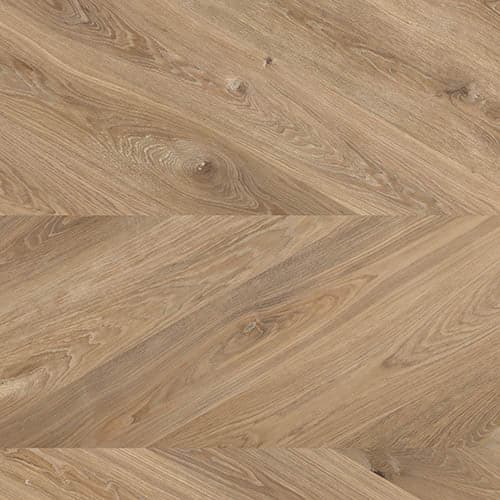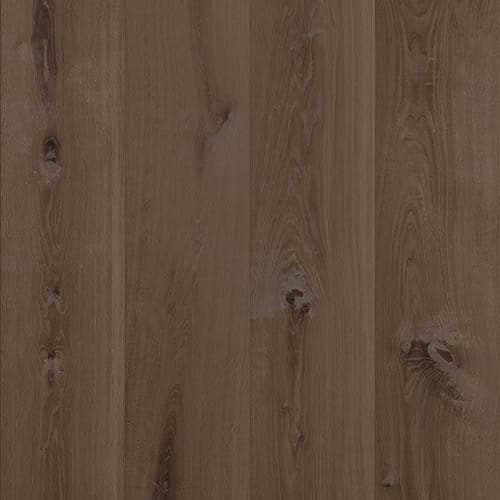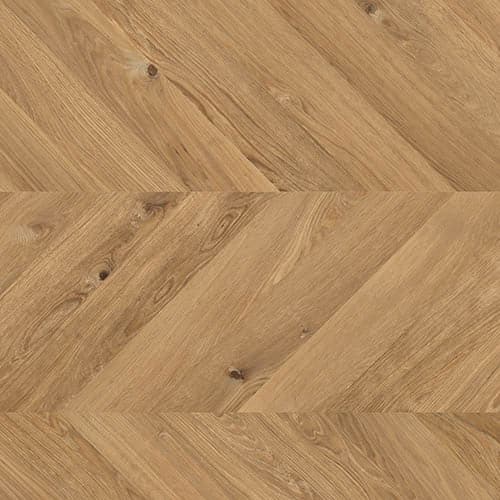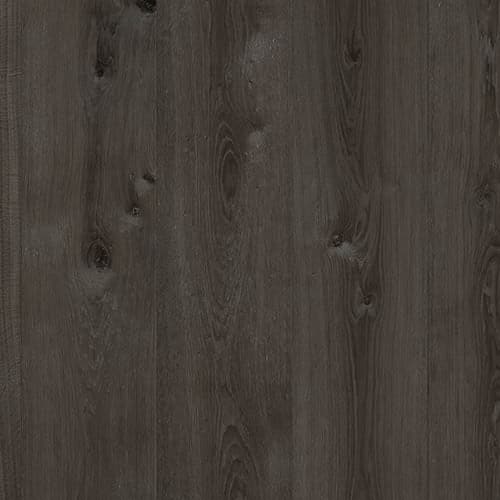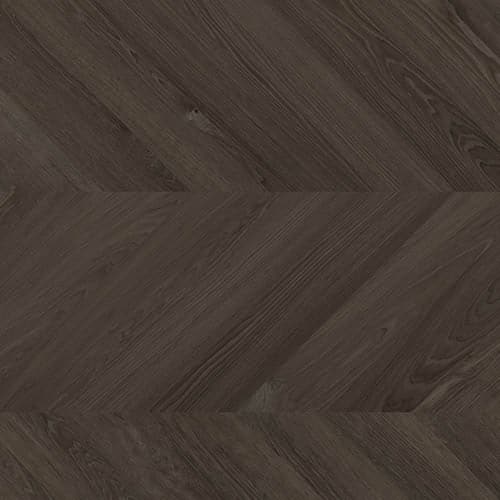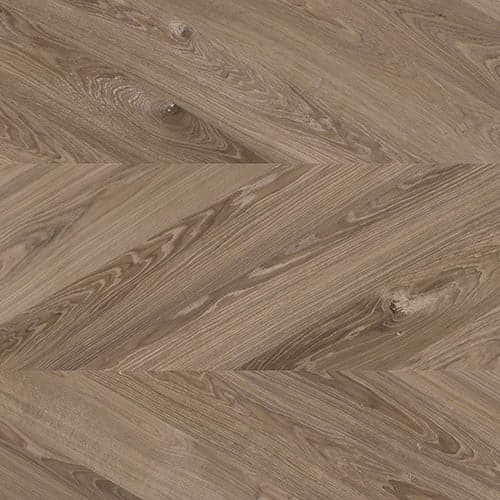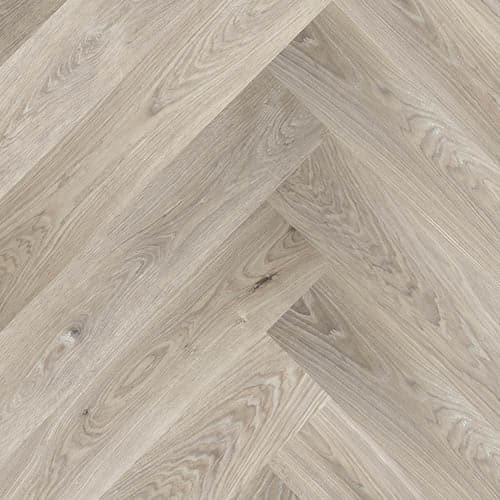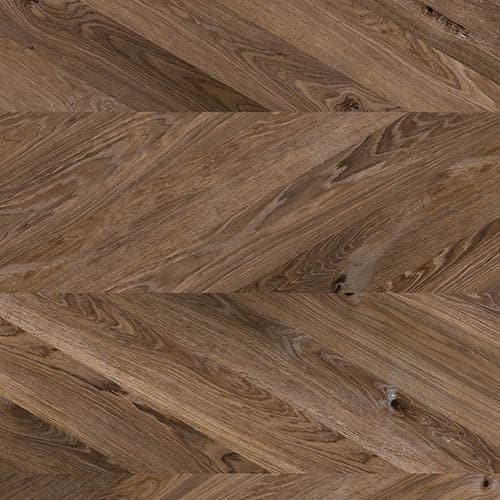Houten vloer in de keuken
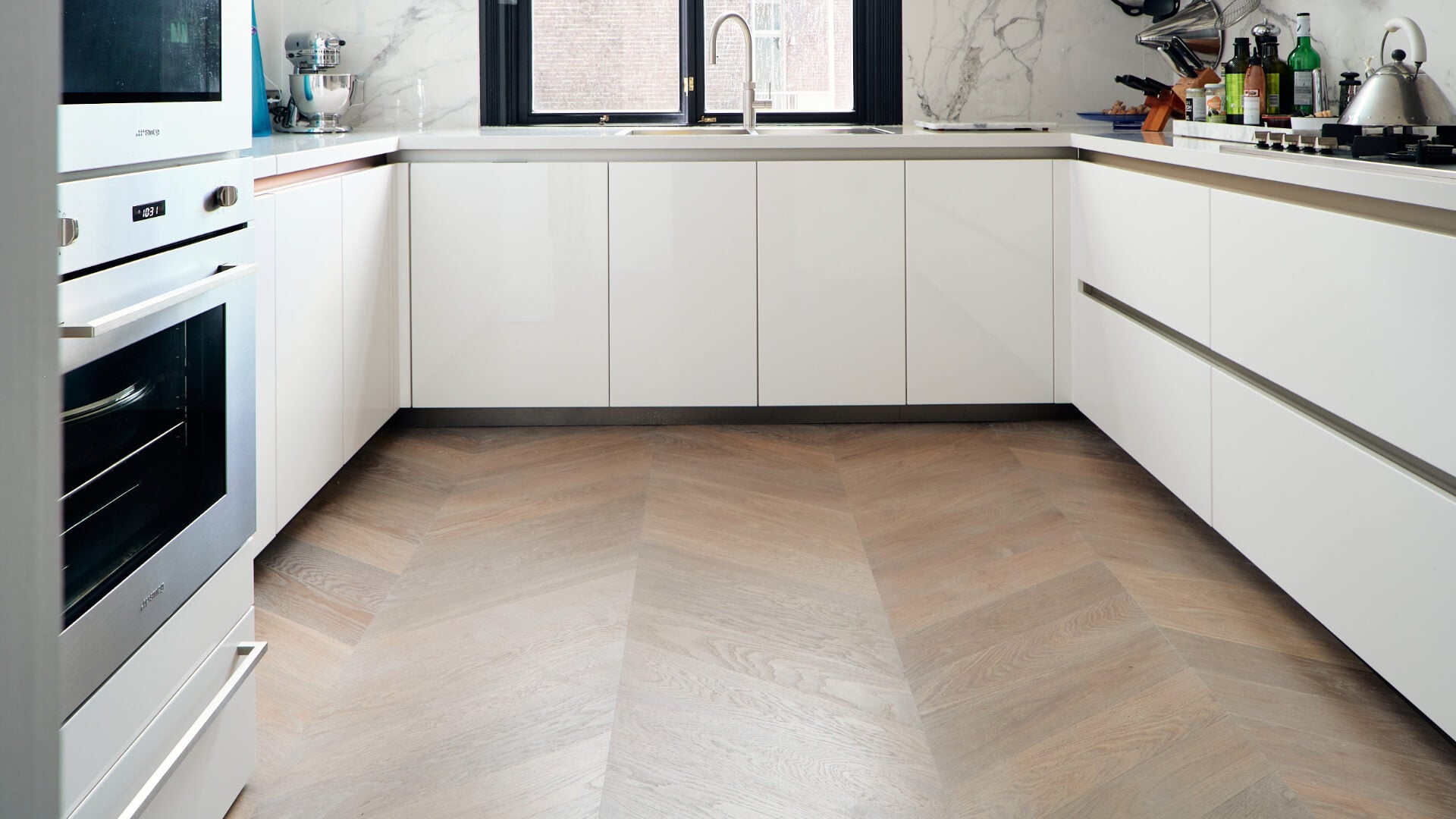
Bezoek de showroom
Yes, you can also install a wooden floor in the kitchen!
Wooden kitchen floors look absolutely beautiful! Installing a wooden floor in the kitchen provides peace and unity, because you have the option to install it from the living room. A wooden floor literally and figuratively forms the basis for the entire space.
View examples of our floors in kitchens in our magazine or visit one of our showrooms for more information and advice.
Possibilities
The kitchen floor is a heavily loaded part of a floor in a home and wooden floors from Uipkes are ideally suited for this. Our floors have already been placed many times in offices, business spaces or bathrooms. These are all areas that are frequently walked on or where the wooden floor is subject to heavy loads. We supply and install floors made from the best oak wood from European forests, which means our floors can withstand a blow.
Ontdek de mogelijkheden
Wooden Floors for the kitchen
-
Chevron pattern Champagne - Rustic A - 18/90 cm - 60 degrees
Regular price €158,00 EURRegular priceUnit price / per -
Wooden Floor Bison Brown - Rustic French Oak - 24 cm Vincent
Regular price €119,00 EURRegular priceUnit price / per -
Chevron pattern Colorado White - Rustic A - 12/60 cm - 45 degrees
Regular price €146,00 EURRegular priceUnit price / per -
Wooden Floor Coal Black - Rustic French Oak - 26 cm Vincent
Regular price €125,00 EURRegular priceUnit price / per -
Chevron pattern Espresso - French Oak - 12/60 cm - 45 degrees
Regular price €166,00 EURRegular priceUnit price / per -
Chevron pattern Fog Grey - Rustic A - 16/80 cm - 60 Degrees
Regular price €154,00 EURRegular priceUnit price / per -
Herringbone Floor Heavenly Grey - Rustic A - 18/90 cm
Regular price €151,00 EURRegular priceUnit price / per -
Chevron pattern Rozy Brown - Rustic A - 14/70 cm - 60 degrees
Regular price €151,00 EURRegular priceUnit price / per
To colour
Uipkes can supply the wooden floor in the kitchen in 90 unique colors. So you can choose a color that goes well with the color of the kitchen and the interior or vice versa. So you can first select a kitchen with confidence and then choose a suitable color for the wooden floor. Our floors, which we treat with color oil, can be combined with all types of living styles, such as modern, classic, vintage or industrial.
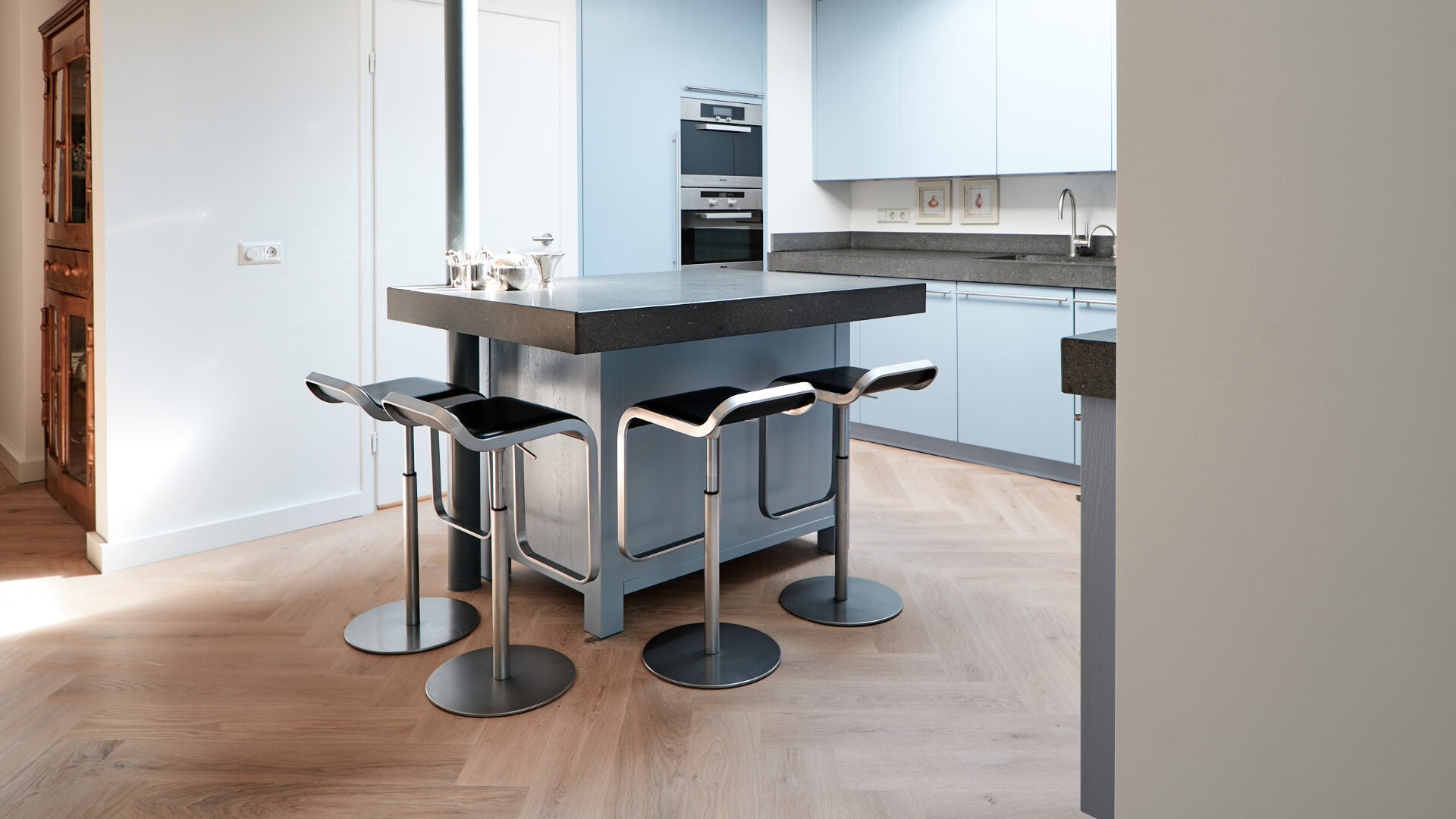
Installation patterns
You can choose from 17 different installation patterns for your wooden floor, such as planks, chevron pattern and herringbone pattern. We mainly install the chevron floor and herringbone floor without a beveled edge. A beveled edge is often used on plank floors to accentuate the lines of individual planks. Without a beveled edge, the floor looks calmer and dirt and dust cannot get between the planks, which is nice for a kitchen floor.
Underfloor heating
Underfloor heating in the kitchen? You can easily combine a wooden kitchen floor with underfloor heating. Solid wooden floors are not suitable for underfloor heating due to their high resistance, but Oak engineerd flooring in the kitchen can easily be combined with underfloor heating.
Benefits of underfloor heating in the kitchen
The kitchen is the beating heart of every home, where the family comes together and meals are prepared. To make this space comfortable and inviting, an efficient heating system is essential. Underfloor heating under a wooden floor in the kitchen not only provides even heat, but also space-saving and hygienic benefits, such as.
- Controlling moisture and condensation : Unlike traditional heating systems, such as radiators, underfloor heating ensures even heat distribution, reducing damp spots and condensation. This helps prevent the growth of mold and bacteria.
- Reducing the risk of food contamination : By providing even heat without air circulation, underfloor heating minimizes the spread of dust, dirt and microorganisms in the kitchen. This results in a cleaner environment for food preparation and storage, reducing the chance of food contamination.
- Easier to clean : Underfloor heating eliminates obstacles on the floor, such as radiators, making cleaning and maintaining the floor much easier. This not only promotes hygiene, but also makes cleaning the kitchen a less time-consuming task.
Installation of Underfloor heating in your kitchen
When planning the installation, you need to take several factors into account. For example, consider whether you want to exclude fixed cupboards from underfloor heating to save costs, and whether you want to run the underfloor heating under individual cupboards for flexibility. It is also wise to consider whether you want to run the underfloor heating under the entire floor for any future renovations.
Since the kitchen often contains heat sources such as ovens and stoves, it is important to carefully consider temperature control. Sometimes underfloor heating can be sufficient as additional heating, depending on the size and insulation of the room.
Underfloor heating gives off heat. This can affect a refrigerator and cause it to work harder to maintain internal temperatures. This can lead to increased energy consumption and reduced refrigerator efficiency. To prevent this problem, it is recommended to install an insulation layer under the refrigerator. This layer of insulation helps reduce the transfer of heat from the underfloor heating to the refrigerator, allowing the refrigerator to operate more efficiently and save energy.
A wooden floor in the kitchen is available from Uipkes in the color and installation pattern of your choice and you can also combine this with underfloor heating .
We kunnen ook thuis advies geven
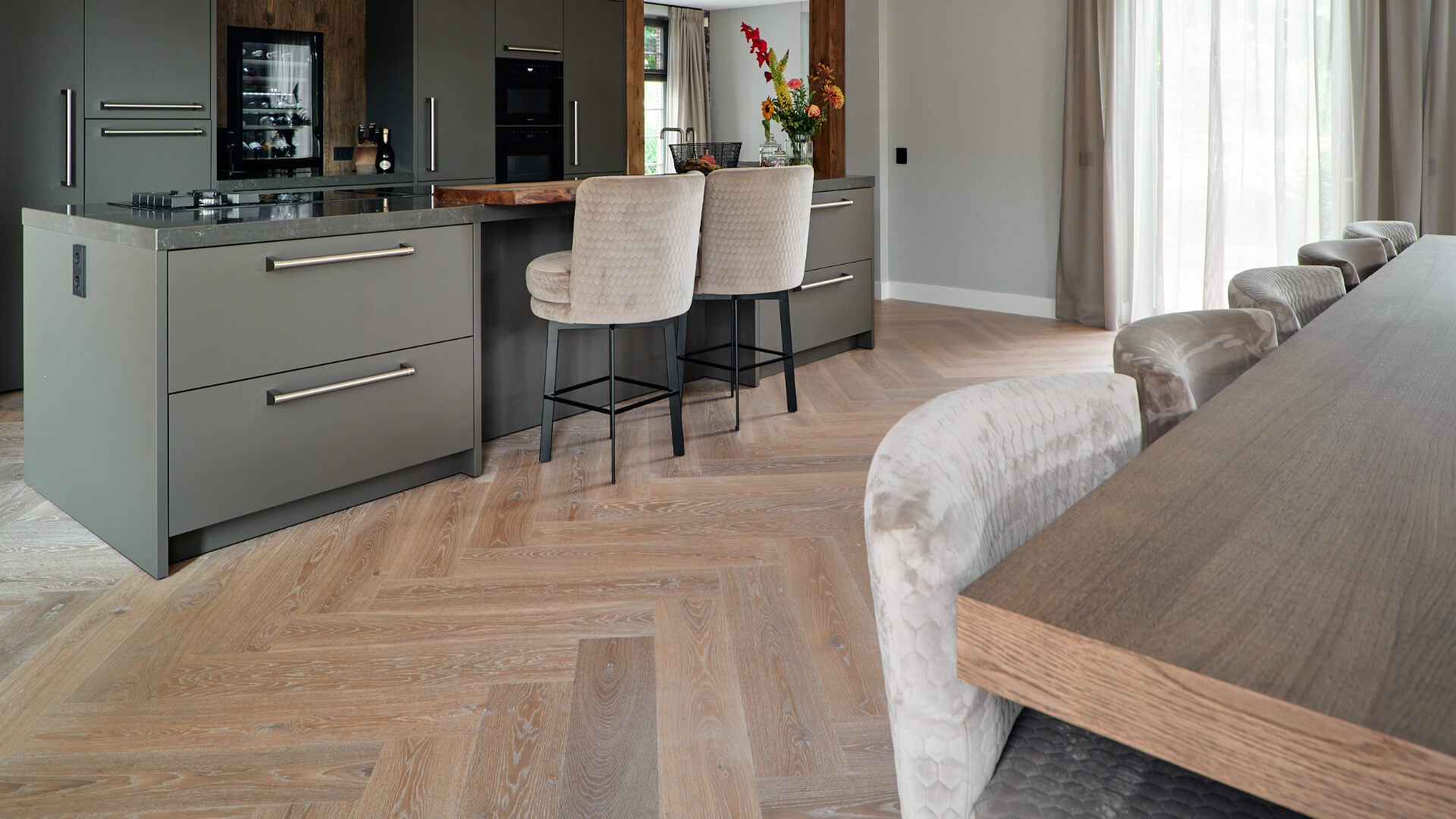
Install a wooden floor or the kitchen first?
Whether the kitchen or the wooden floor is installed first depends on the design of your kitchen. There is a good solution for both situations.
Kitchen with front plinth
If your kitchen has a front plinth, you install the kitchen before the wooden floor is laid. Immediately upon installation, the kitchen is placed at your desired 'working height', taking into account the total thickness of the floor. The thickness of the floor depends on the type you choose (the total thickness can vary between 12 and 35 mm). After the wooden floor has been installed, the kitchen plinth can be mounted without adjustment. Installing the kitchen in advance prevents damage to the recently laid and finished wooden floor.
Kitchen without front plinth
If you have a kitchen without a skirting board, so that you can see underneath it, the kitchen must be installed after the kitchen floor has been laid. For the fixed part of the kitchen layout (the part against the wall), the wooden floors can be laid up to the legs of the cabinets, just under the skirting board. With kitchen islands, the sides usually extend to the floor and it is then necessary to lay the floor, with a recess for pipes, before the island is placed.
Bekijk voorbeelden in ons magazine
Installing the wooden floor
It is essential to take into account a number of characteristics of installing a wooden floor:
- The drying time of the oil applied to the floor is 2 days
- The curing time is 14 days (do not cover, do not spill water). This of course does not apply to any pre-treated floor parts.
If the kitchen has not been installed in advance, it is wiser to only install the kitchen after 14 days due to the hardening time of the oil.
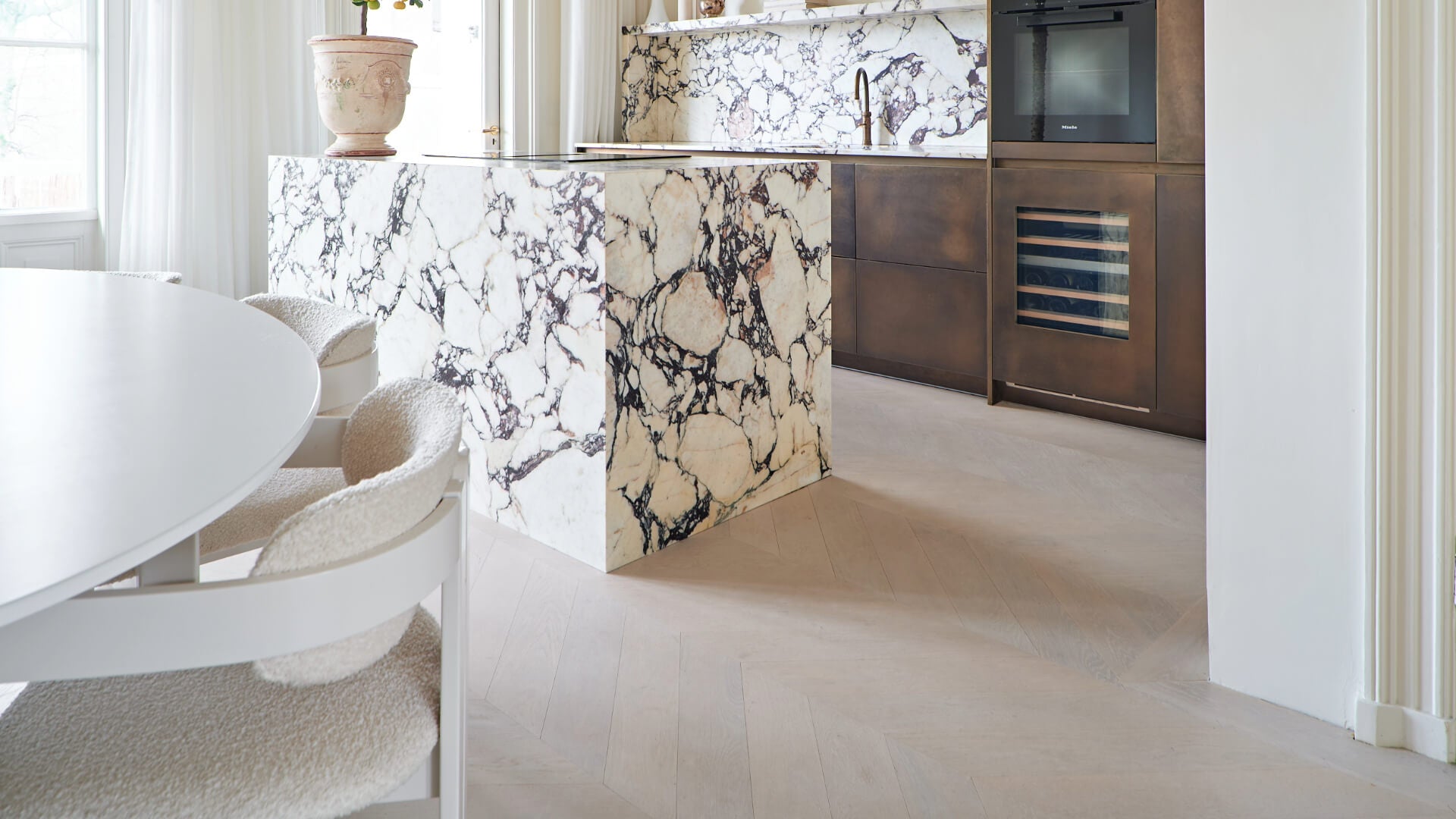
Impregnating wooden floor
The wooden floors are impregnated to be liquid-tight after installation, so that no liquid can affect the wood. Liquids such as oil, grease splashes, wine, coffee or tea cannot penetrate the wood fibers and can be easily removed with soap and water without leaving stains. This is ideal for a wooden floor in the kitchen, where you prepare food and often (unintentionally) spill it on the floor.
The big difference between an impregnated floor and, for example, a lacquered floor is that the impregnated floor has the hardness of oak and a lacquered floor has the hardness of lacquer (plastic): this is softer than oak and is therefore more susceptible to wear and scratches.
In addition, a varnished floor cannot be repaired locally and the floor must be completely sanded and varnished during repair.
Kitchen installed on existing floor, what now?
Interior wishes change over the years, so the floor you previously selected may no longer match your wishes. On the other hand, if the kitchen still fits, it is not necessary to adjust it.
It often happens that the kitchen is placed on the existing floor. However, it is not possible or desirable to take out the kitchen to remove the floor. In many cases this is not necessary. With years of experience in removing floors, we can cut the part under the kitchen freely, allowing the floor to be removed from the rest of the room.
Maintenance wooden kitchen floor
The impregnated wooden kitchen floor is a frequently used part of the home, so regular maintenance must be taken into account. Our wooden floors are highly resistant to water, coffee, cola, beer and wine and therefore do not pose an unnecessary risk. The wooden floor is also easy to maintain locally and general maintenance mainly consists of mopping the floor with floor soap.
The only thing you should take into account is not to treat the wooden floor in the kitchen with aggressive cleaning products.
If visible wear occurs over the years, repair is very simple by means of local degreasing (as painters do before their work) and, after drying, local re-impregnation (polishing/polishing), after which no color difference becomes visible. This is a major advantage compared to other types of floor coverings, such as PVC, laminate or natural stone, where local repair is a lot more difficult.
Do you have more questions? Read the FAQ below, contact us or plan a visit to a Uipkes showroom. We take the time to advise you as best as possible.
Showrooms
-
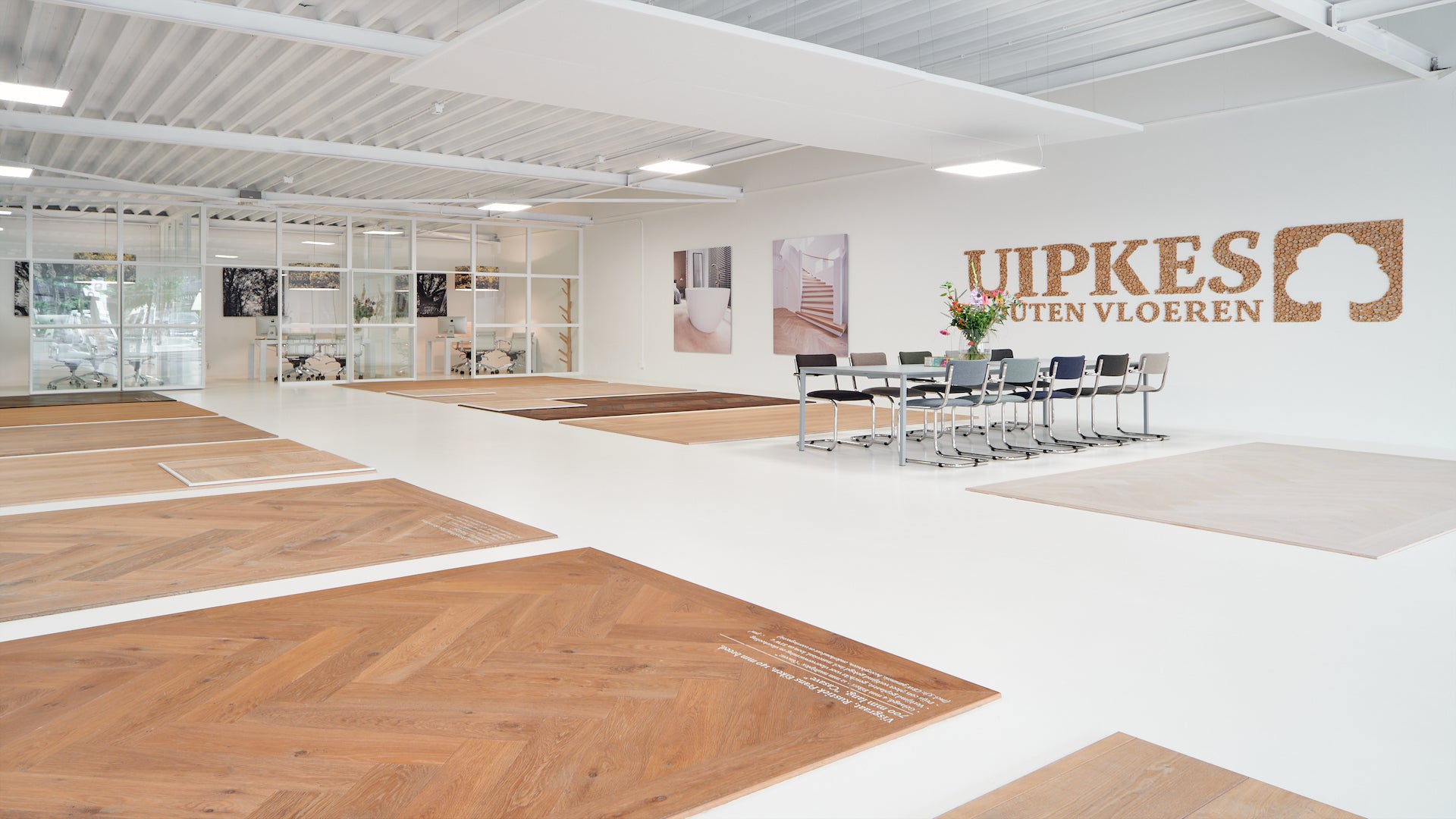
Alphen a/d Rijn
Euromarkt 113
-
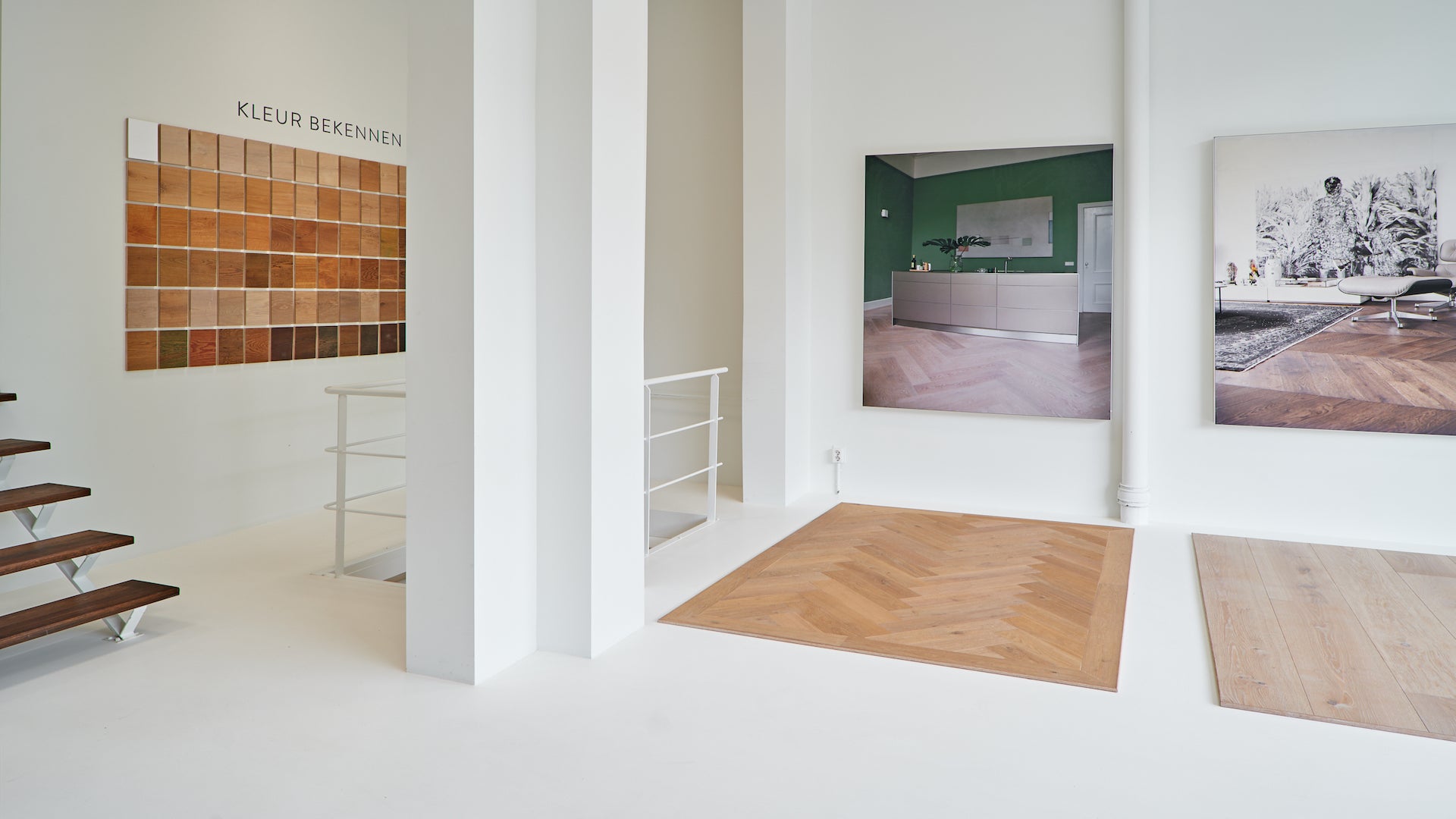
Amsterdam
Roelof Hartstraat 4
-
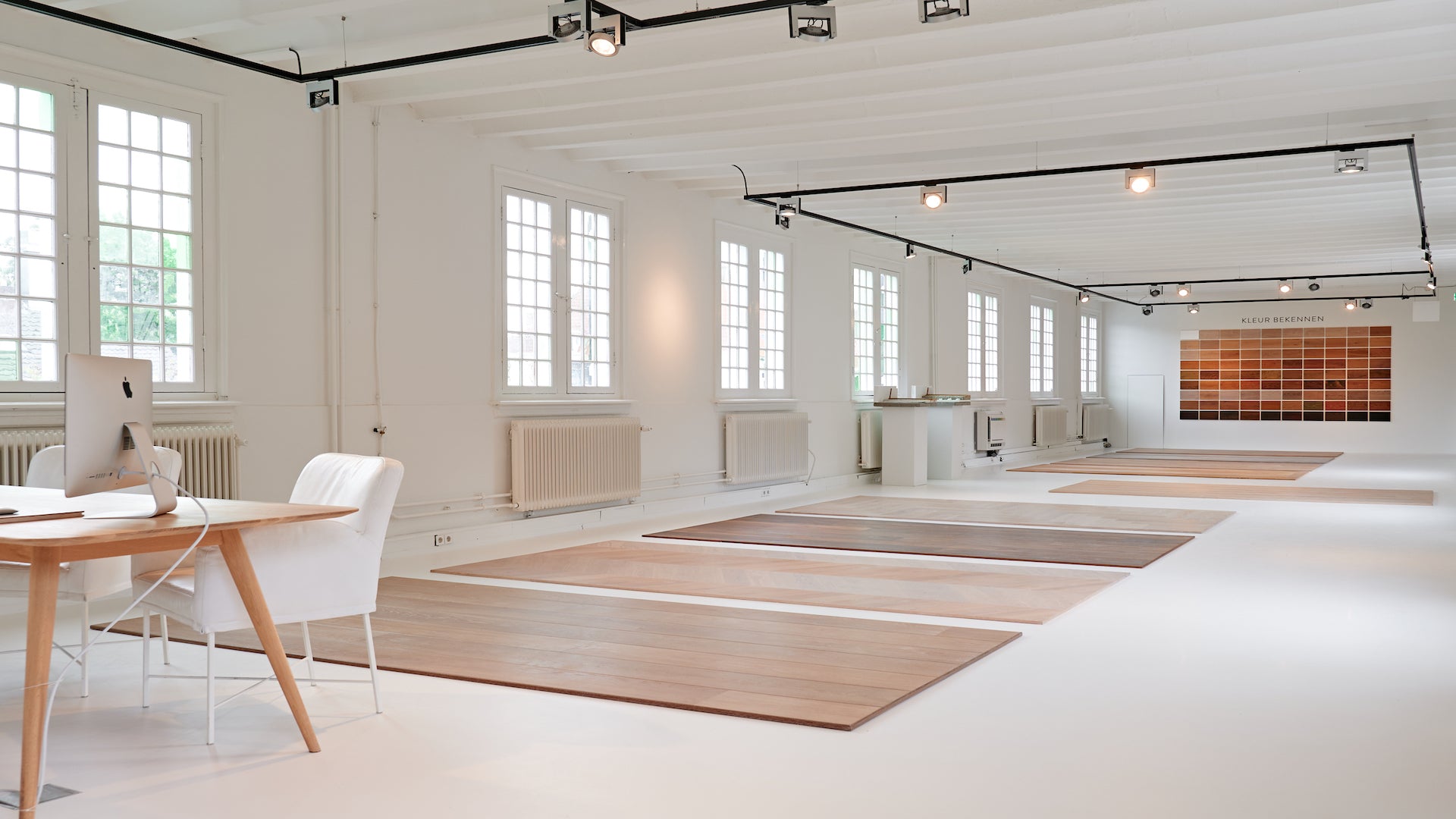
Naarden
Kooltjesbuurt 1
Frequently Asked Questions
Can you use a wooden floor in the kitchen?
Yes, this is very possible. Wooden floors can give a warm and inviting look to the kitchen. However, there are some considerations to take into account:
- Wood type: Choose a wood specie that is resistant to moisture and temperature differences. Hard wood species such as oak are generally more durable and better suited for kitchens.
- Finish: Ensure a good finish to the wooden floor to provide protection against moisture and stains. For example, choose a finish with a protective layer such as a natural oil.
- Maintenance: Be aware of the maintenance of a wooden floor in the kitchen. Spills and damp conditions can cause damage. You can prevent this by carrying out maintenance once or twice a year by re-oiling the floor after cleaning.
- Installation: Consider professional installation to ensure the floor is installed correctly, including the use of moisture-resistant underlayment.
- Subfloor: A good subfloor can help insulate sound and reduce moisture problems. Make sure that the correct underlay is used in combination with the wooden floor.
Consulting a flooring specialist can help make the right choice and advise on suitable wood species , finishes and installation methods for a wooden floor in the kitchen.
Can a wooden floor in the kitchen also have underfloor heating ?
Yes, it is possible to combine a wooden floor in the kitchen with underfloor heating . However, there are some important considerations to take into account:
- Wood type: Not all wood species are suitable for underfloor heating . Choose a wood specie that is stable and resistant to temperature changes. For example, hardwoods such as oak, maple and teak are generally more suitable for underfloor heating.
- Thickness of the wood: Thinner wood can conduct heat better and can therefore be more effective with underfloor heating . Parquet or multi-layer wooden floors are often more suitable because they are less sensitive to expansion and contraction due to temperature changes.
- Installation method: It is important to follow the correct installation method. Floating installation is generally recommended because it can accommodate the natural movement of the wood and facilitate heat dispersion. Glued installation can also be an option, but it is essential to use the correct adhesive suitable for underfloor heating applications.
- Subfloor: Use a suitable subfloor that allows heat to pass through and provides insulation at the same time. It can help improve heat distribution and reduce energy consumption.
It is always advisable to follow the guidelines and recommendations of the floor and underfloor heating manufacturer. Hiring a professional floor installer with experience in installing wooden floors over underfloor heating can also be very useful.
Please note that the underfloor heating temperature should not be set too high to avoid damage to the wood. It is advisable to build up the temperature slowly and keep it stable to avoid unwanted tension in the wood. By choosing the right wood specie, following the right installation method and using the underfloor heating correctly, a wooden floor can provide a comfortable and aesthetic are the choice for kitchens with underfloor heating.
